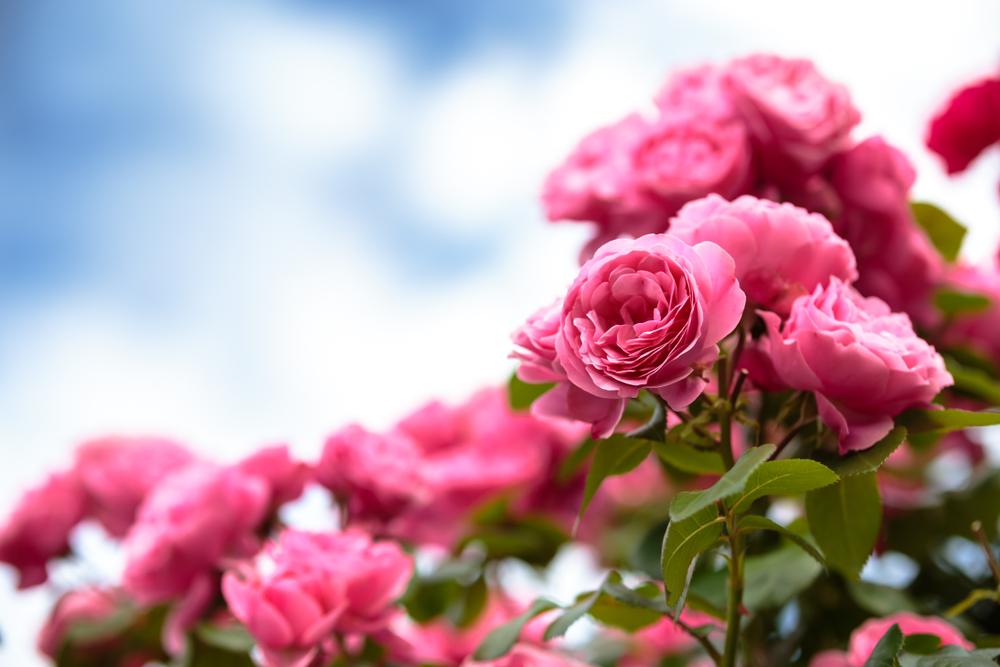Roses are one of the world’s most popular flowers. With centuries of breeding and almost endless varieties to choose from, there’s one for every environment.
Growing roses is a satisfying hobby that adds color, beauty, and perfume to your home.

Roses are one of the world’s most popular flowers. With centuries of breeding and almost endless varieties to choose from, there’s one for every environment.
Growing roses is a satisfying hobby that adds color, beauty, and perfume to your home.